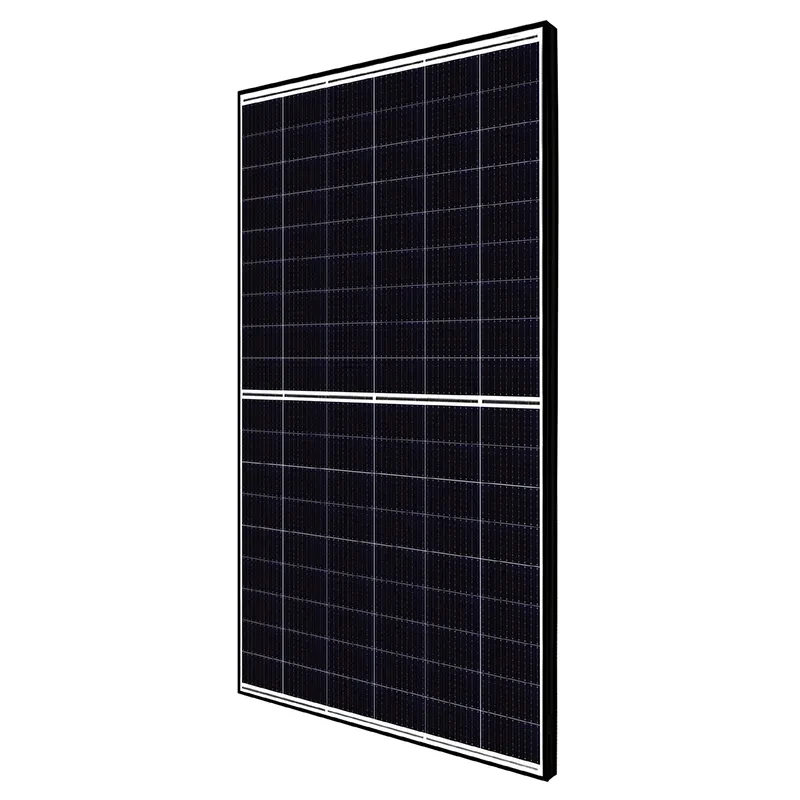solar panel conversion efficiency
Understanding Solar Panel Conversion Efficiency
Solar panels have become an integral part of our pursuit for sustainable energy, transforming sunlight into electricity. However, not all panels are created equal, and one crucial metric often discussed in the realm of solar technology is conversion efficiency. This term refers to the percentage of sunlight that a solar panel can convert into usable electricity. Understanding solar panel conversion efficiency is vital for homeowners and businesses looking to invest in solar energy.
The efficiency of a solar panel is primarily influenced by its design and the materials used in its construction. Traditional silicon-based solar panels typically boast efficiency rates ranging from 15% to 22%. Monocrystalline panels are generally the most efficient, achieving higher conversion rates due to the purity of the silicon used. In contrast, polycrystalline panels, while more affordable, tend to have slightly lower efficiency rates due to the manufacturing process that leads to less pure silicon crystals.
Emerging technologies are also pushing the boundaries of solar panel conversion efficiency. For instance, bifacial solar panels, which can capture sunlight on both sides, have shown promise in increasing overall energy production. Another innovative approach is the use of tandem solar cells, which combine different types of materials to capture a broader spectrum of sunlight. This technology has enabled some researchers to achieve efficiencies exceeding 30% in laboratory settings.
solar panel conversion efficiency

The performance of solar panels isn't static and can be affected by several external factors. Temperature, for example, plays a significant role; while solar panels generate more electricity in cooler temperatures, excessive heat can lead to reduced efficiency. Dust and dirt accumulation on the surface of solar panels can also obstruct sunlight, impacting the overall performance. Therefore, regular maintenance and cleaning are essential to ensure maximum efficiency.
The location where solar panels are installed significantly influences their conversion efficiency. Factors such as geographical location, orientation, and shading can impact the amount of sunlight panels receive. Areas with high solar irradiance, like deserts, are ideal for solar panel installations, whereas locations with frequent cloud cover may yield lower energy production.
While conversion efficiency is important, it is not the sole factor to consider when investing in solar technology. The overall energy production is also determined by the size of the solar array and local climate conditions. A less efficient solar panel system can still outperform a highly efficient system if it is larger and better positioned to capture sunlight.
In conclusion, solar panel conversion efficiency is a key parameter that affects the viability and performance of solar energy systems. With advancements in technology, efficiency rates continue to improve, making solar energy a more accessible and viable option for many. As the world strives for cleaner energy solutions, understanding and optimizing solar panel conversion efficiency will be crucial in the push for renewable energy adoption. For those considering a solar investment, recognizing this metric will aid in making informed decisions that align with their energy needs and sustainability goals.
-
String Solar Inverter: The High-Efficiency Solution for Smart Solar EnergyNewsJul.14,2025
-
Revolutionizing Rooftop Energy with the Power of the Micro Solar InverterNewsJul.14,2025
-
Power Independence with Smart Off Grid Solar Inverter SolutionsNewsJul.14,2025
-
On Grid Solar Inverter: Powering the Future with Smart Grid IntegrationNewsJul.14,2025
-
Monocrystalline Solar Panels: High-Efficiency Power for the Future of Clean EnergyNewsJul.14,2025
-
Bifacial Solar Panel: A Smarter Investment for Next-Generation Energy SystemsNewsJul.14,2025







